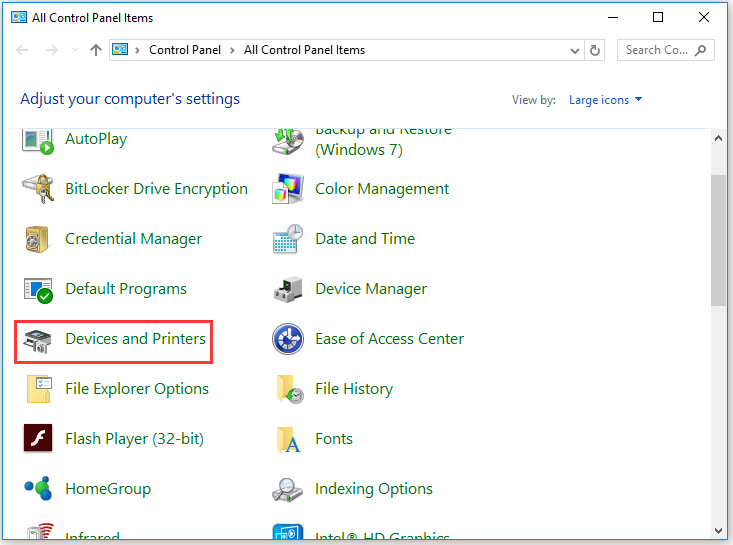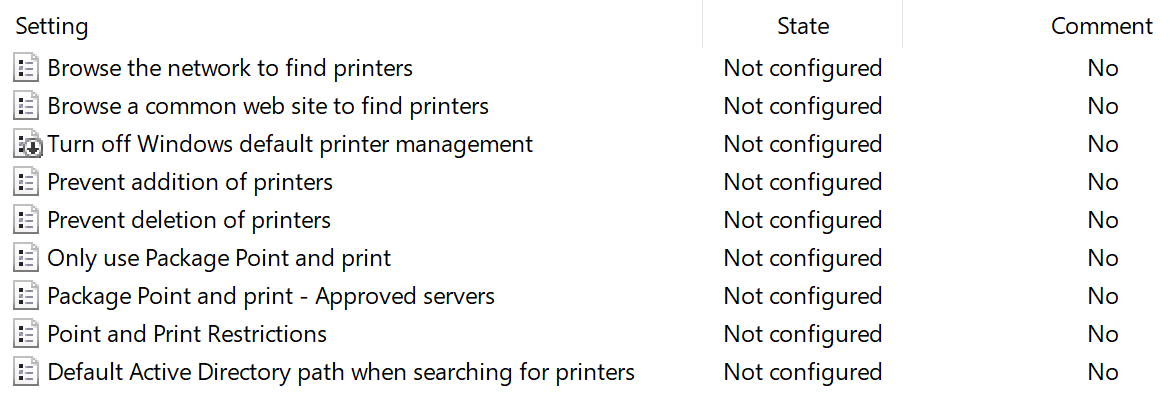

The autonomous system(AS) number and its registration information.The information about the Regional Internet Registry (RIR) who assigns the given IPv6 address.The contact information of an IPv6 address owner.That information is obtained from the Regional Internet Registry (RIR) to which the IP address belongs. The IPv6 Lookup tool provides as much information as possible about a given IPv6 address. Note: Use the traceroute online tool to test the connection and latency between two predetermined points.

But some network engineers are of the view that IPv6 is might be faster than IPv4 in some situations.
Speed: generally, there is no significant difference between IPv4 and IPv6 address speeds. Internet Protocol Security: in IPv4, it's optional, but in IPv6, it's mandatory. Improved mobility: the IPv6 users can use their mobile devices at different geographic locations without changing their IP addresses. Whereas IPv4 supports unicast, broadcast, and multicast. Once the packet is sent from the host via anycast, the router ensures that it should be delivered to the nearest machine. That means multiple machines can share the same IP address. Anycast support: IPv6 supports anycast mode of routing. That allows the routers to perform quick routing decisions. Faster forwarding/routing: as all the essential information is on the top. Even though the IPv6 address is four times longer than IPv4 address, the IPv6 header is only double in size as the IPv4. All the unnecessary information has been moved to the bottom of the header. Improved header: the IPv6 header has been simplified. You can use IPv4 and IPv6 for the foreseeable future and convert your IPv4 to IPv6 using IPv4 to IPv6 Online Converter. Compared to that, IPv6 address size is 128-bit, which will enable it to provide about 340 undecillion (36 zeros) IP addresses. Increased address space: the IPv4 address size is 32-bit, which allows it to provide approximately 4.2 billion IP addresses. The improved and revised version of internet protocol IPv6 contains many essential features compared to IPv4. Google maintains public statistics for IPv6 that show the percentage of all traffic to Google sites over IPv6 rather than IPv4. You can also compress the IPv6 and use that form. The above one is an expanded IPv6 form of one of Google DNS servers. The IPv6 address contains eight groups of four hexadecimal digits. That means the IPv6 address offers 1,028 times more addresses than IPv4. Currently, IPv4 can supply 4.2 billion IP addresses, while IPv6 can provide 340 undecillion (36 zeros). And you cannot connect with the internet without your IP address.ĭue to the increase in demand for IP addresses, IPv4 is unable to meet the current requirement. Because today, more and more devices require internet connection. The transition from IPv4 to IPv6 takes decades. 
IPv4 was deployed in the early 1980s and is still primarily used. The reason behind that revision is that the IPv4, which is the still most used version of IP, can no longer provide the number of IP addresses required. IPv6 or IP6 is also referred to IPng (Internet Protocol next generation). IPv6 is the internet protocol version 6, which is the most revised version of the internet protocol.







 0 kommentar(er)
0 kommentar(er)
